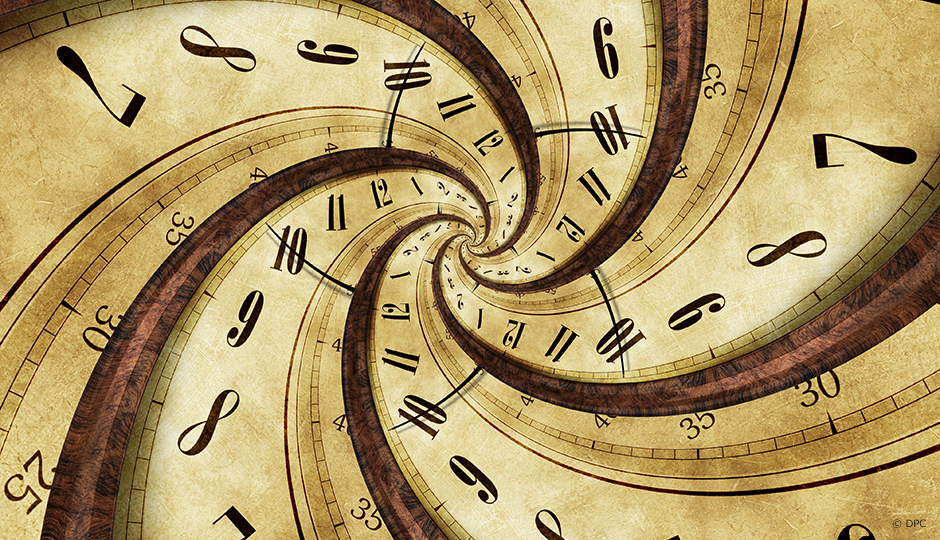Michael Montanaro, a researcher in the Faculty of Fine Arts at Concordia University, and his colleague Sha Xin Wei, of Arizona State University, are exploring the use of time as a medium of expression, learning and invention.
But what would an installation piece that plays with our experience of time actually look like? Visitors to Einstein's Dream, inspired by Alan Lightman's novel of the same name, discovered the answer to this question.
Visitors interact with video, light and spatialized sound.
Einstein's Dream combines choreography, theatre, film and architecture with cutting edge technology using sensor networks, computationally modulated video, and sound and lighting that respond to gesture and movement. The installation's environment is made up of a series of tableaus in which visitors interact with video, light and spatialized sound.
Each tableau represents a different aspect of time: in one, time slows to a halt as you approach a particular place; in another there is no future; in a third, time is fragmented; and in a fourth, time reverses.
This extraordinary artistic experience was presented during two major events at the Gray Center for Arts and Inquiry at the University of Chicago—the Pervasive Play Capstone and the Play as Inquiry Symposium—, and at Concordia's Hexagram Black Box in April 2013.
In addition to its theoretical interest and the development of new technological applications and expertise, the project could have social applications if integrated in public spaces. For example, the researchers are seeking to create a technological environment that can interact in an innovative and creative way with hospitalized children.




